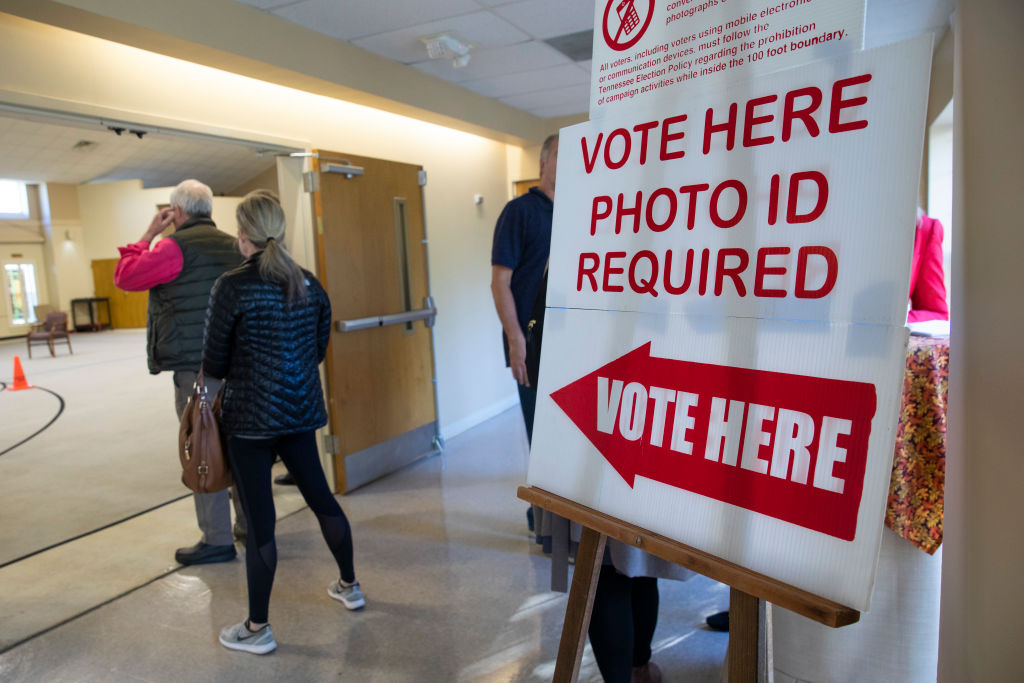
(Photo by Drew Angerer/Getty Images)
Question 7, which would require Nevadans to present photo identification before voting in person saw a decisive victory. As of late Tuesday, 72% were in favor and 28% were opposed. The proposal would also require voters list additional personal information on their mail ballots.
The Associated Press called the race for ‘yes.’
Nevada voters will need to approve Question 7 again in the 2026 General Election before the photo ID requirement goes into effect.
Question 7 proposes establishing in the state constitution a requirement that Nevadans must present government-issued photo identification before voting in-person. Question 7 would also require that voters using a mail ballot list the last four digits of their Nevada driver’s license number, the last four digits of their Social Security number, or a number provided to them by their county clerk when they registered to vote.
Over the past several years, Nevada lawmakers have expanded voter access by establishing automatic voter registration and universal mail ballots. Establishing a photo ID requirement and additional personal information to be listed on mail ballots would be a reversal of that trend.
Supporters describe the proposal as a common sense election reform that may help restore people’s faith in the democratic process. Those opposed see it as “a solution in search of a problem” and say it could disenfranchise people who don’t have an acceptable form of ID.
“This victory is a powerful message from Nevadans who believe that secure elections and transparent voter identification strengthen our democracy,” said Repair the Vote PAC Chairman Dave Gibbs in a statement.
Voter ID ballot measures across the country have historically passed with comfortable margins, and the issue polls extremely well. However, pushback is not unheard of. In 2022, Arizonans rejected a ballot measure that would have required voters to include their date of birth and voter identification number when voting by mail.
Editor’s Note: This article has been updated with a statement from Repair the Vote.

